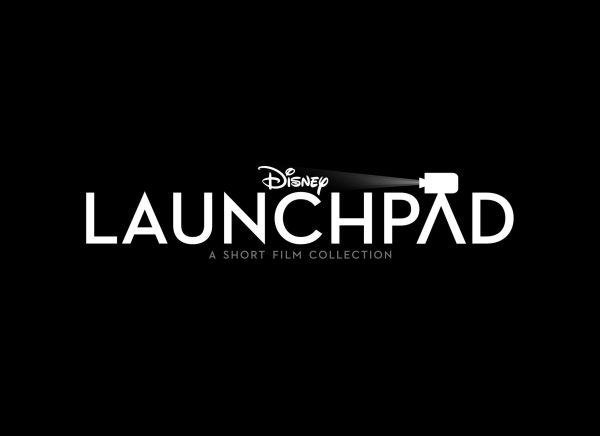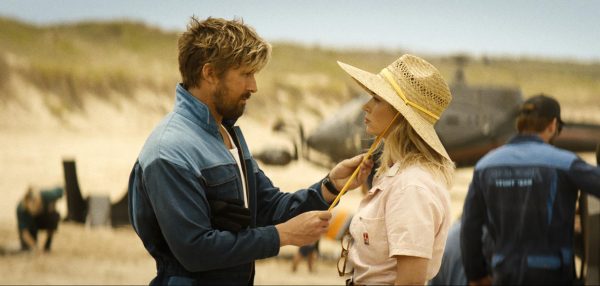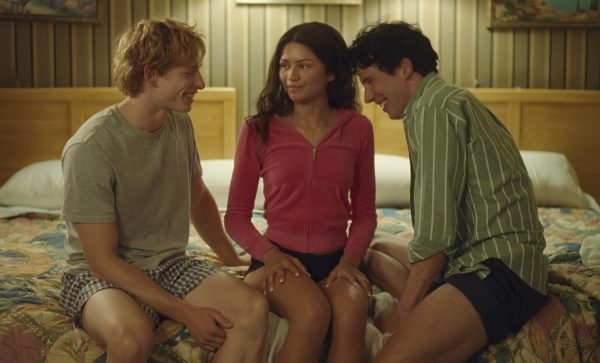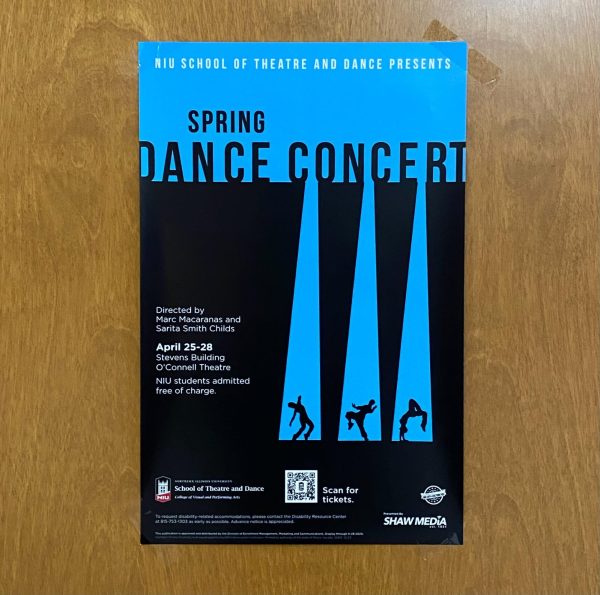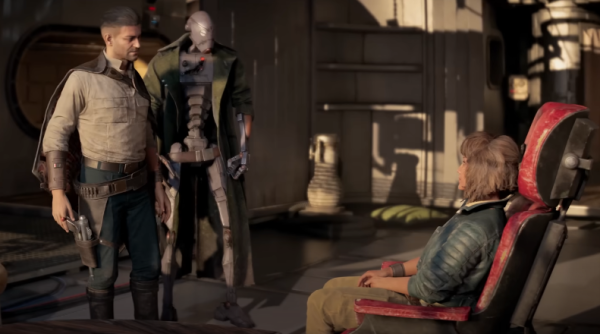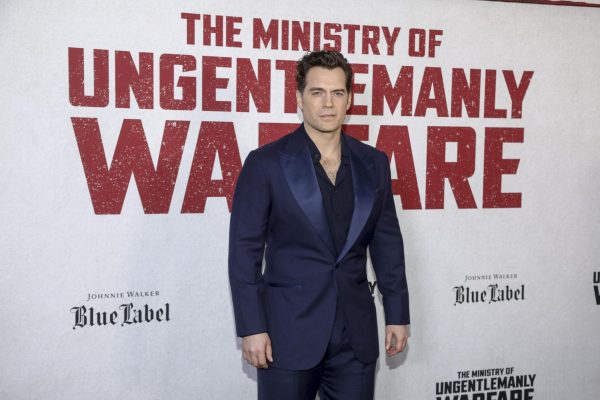Egyptian Theatre shows a holiday classic
December 13, 2018
The Egyptian Theatre, 135 N. Second St., showed Frank Capra’s 1947 classic, “It’s a Wonderful Life,” 2 p.m. Sunday. The theater projected the film’s original 35 millimeter roll, using an authentic carbon arc projector, operated by volunteer Orion Carey.
Volunteer Orion Carey ran the Egyptian Theatre’s 35mm projector. Photo courtesy of Jeanine Halcomb.
The atmosphere at the Egyptian was decidedly Christmas; the lobby was packed with friends and families all excited to see the movie, a few for the first time and some for the hundredth. Employees contributed equally, standing on the walls with warm smiles, fully invested in the annual tradition.
Event sponsor Thrivent Financial, based out of Minneapolis, has been showing the film at the Egyptian annually since 2011. Jeanine Holcomb, marketing and communications director at the Egyptian Theatre, said the theater wants to bring 35mm back by showing more classic films.
This Sunday the theater will show Edwin L. Marin’s 1938 film, “A Christmas Carol” on its original film reel. Attending a showing that uses 35mm film lends an authentic quality to the viewing experience, viewing the same grainy visual artifacts and listening to the same audio quality as audiences did at the film’s release.
The show began with an introduction to the film and its relation to the Egyptian: the film was first shown when the theatre was eight years old, 71 years ago. The reel began authentically, showing a few old advertisements and a Christmas-themed Mickey Mouse animated short, both equally delightful.
The curtain briefly closed again while the reel rolled over to the feature film. Projected snow began to fall on the curtain as the film’s score burst through the speakers with the title card, drawing a short round of applause from the audience. Veterans to the film smiled with familiarity; children looked to their parents in anticipation, who nodded in affirmation of the treat they were in for.
Much has been said on the technical brilliance of “It’s a Wonderful Life” in the decades since its release. Director Frank Capra revealed in 1978 speech at the University of Chicago that he considers it his favorite film of all he directed; a pristine artifact of a bygone era. Not so bygone is the timelessness of main character George Bailey’s story, whose desire to leave his “crummy little town” of Bedford Falls is thwarted again and again by his relationships to the people within. It’s not hard to imagine the same feelings in thousands of NIU students, wishing for anything but DeKalb.
What makes the movie a modern necessity is its uncompromising sentimentality. George never leaves Bedford Falls; he never travels the world as he so yearned for, but he realizes his role in the town and in its people’s lives. What antagonist Mr. Potter, played by Lionel Barrymore, calls “sentimental hogwash,” is as rich and meaningful as uprooting and boarding a plane to Europe would have been.
Students get drowned in their worries of the future; maybe they feel like George, thinking their opportunities are slipping away with time. The movie begs viewers to stop those incessant worries of success and experience. It reminds them of the mere relative value of monetary success while insisting on the pure joy of human connection.
The movie’s emotional finale has aged well, evidenced by the sound of sniffles and tears being wiped away in the theater. “It’s a Wonderful Life” is unapologetically genuine, in contrast to today’s ironic holiday comedies or overwrought hallmark dramas. It is not a movie that tries for laughs, although many are had, or pulls for tears, although they are always shed; Capra’s favorite is a film meant to be lived in, experienced, and then continued, into and past Christmas.



